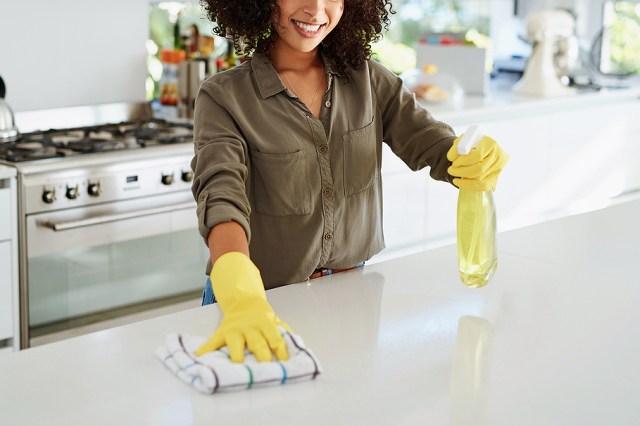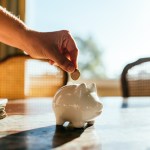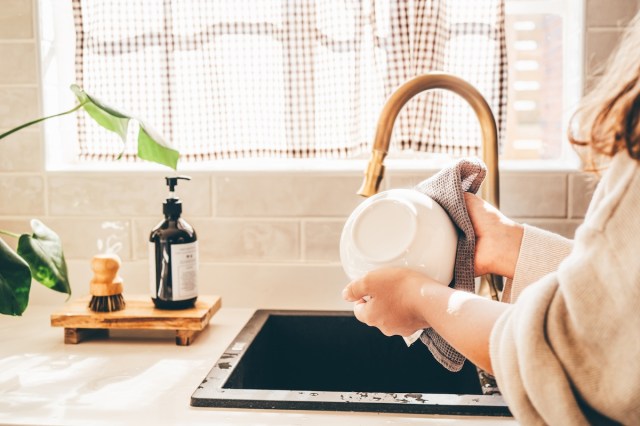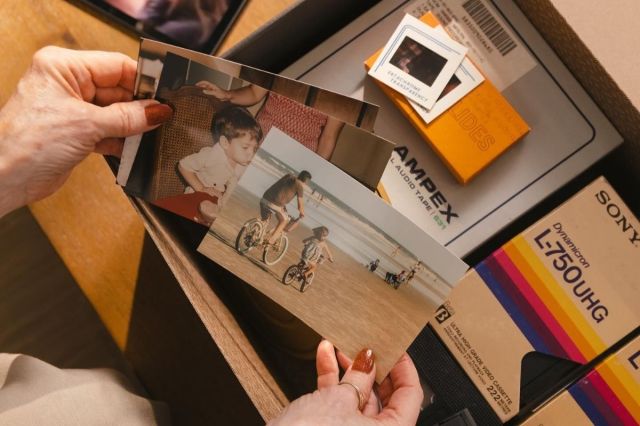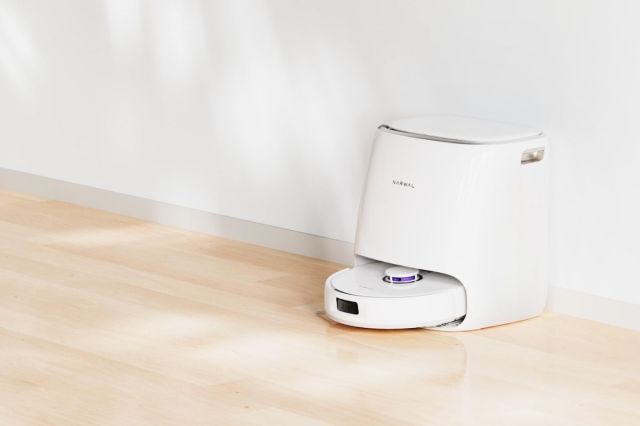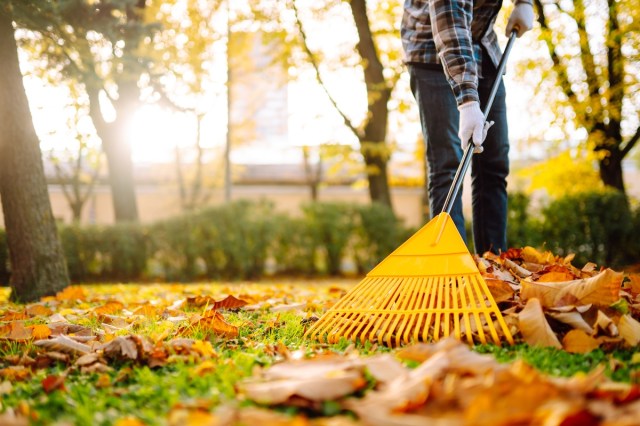You likely grew up in a house with a bottle of liquid bleach stashed with your cleaning supplies. You may even have a bottle in your house now. This cleaning liquid has been around for more than a century, with homemakers making it a part of regular household sanitation. Despite its long history, it’s very easy to misuse bleach, creating more harm than good. So, how do you properly use it? And what shouldn’t you clean with bleach? Here’s all you need to know.
All featured products and deals are selected independently and objectively by the author. Better Report may receive a share of sales via affiliate links in content.
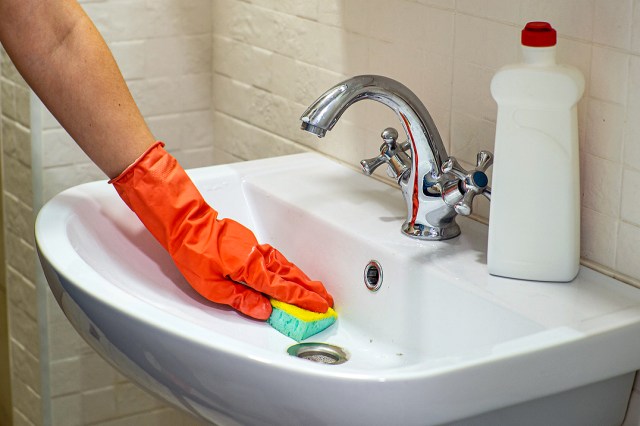
What Exactly Is Bleach?
For household purposes, “bleaching” can have multiple meanings. Primarily, “bleaching” refers simply to removing color, a process that can be traced to the Egyptians, who used the sun to whiten fabric. Later, the Dutch mixed lye with sour milk to brighten brown linen, which could be given fresh color through dyeing.
Liquid bleach as we know it didn’t appear until the late 19th century, when French scientist Claude Berthollet began experimenting with chemical compounds as bleaching agents. Berthollet created sodium hypochlorite, or NaOCl, the active chemical compound in liquid bleach.
Bleach gained its foothold in U.S. homes in the early 20th century, when Annie Murray — who had invested in a chemical company with her husband — sought to bolster its sales by passing out free samples of liquid bleach at the grocery store she ran in Oakland, California. Murray’s astute approach introduced liquid bleach to a general population interested in whitening their clothes and disinfecting their living spaces.
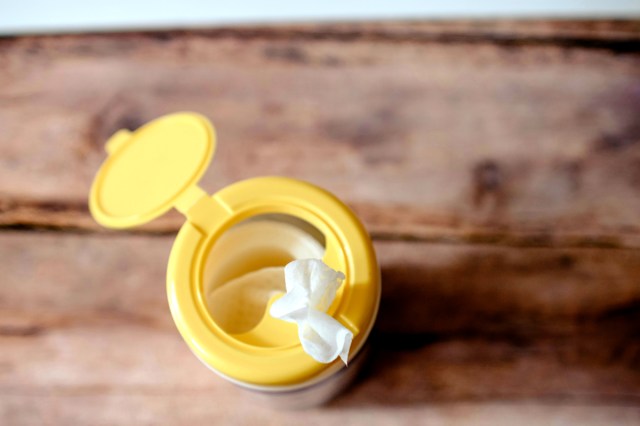
How to Clean With Bleach
While it’s easy to think of bleach as a cleanser, it’s really a disinfectant. Liquid bleach is an oxidizing agent, which means it breaks down the cell membranes of microorganisms, effectively killing germs. Before you use bleach to disinfect an item or surface, you first need to clean whatever it is you’re bleaching using soap and water. Once the item is free from obvious dirt and debris, bleach can do its job, keeping a few rules in mind.
• Read the label for diluting instructions — never use bleach at full strength.
• Use room-temperature water, as hot water can damage the chemical composition of bleach, rendering it less useful.
• Never mix bleach with another cleaning agent, as dangerous chemical reactions may follow.
• Wear gloves to protect your skin, and work in a well-ventilated environment, as bleach’s fumes can be irritating, especially for someone with respiratory weakness.
• Mix small batches of bleach solution, as it isn’t shelf-stable for long periods. Mark any container that has bleach or has contained bleach.
• For maximum disinfection, wipe the item or surface with the diluted bleach solution and let it sit for six minutes, then rinse the surface with water and let air dry.
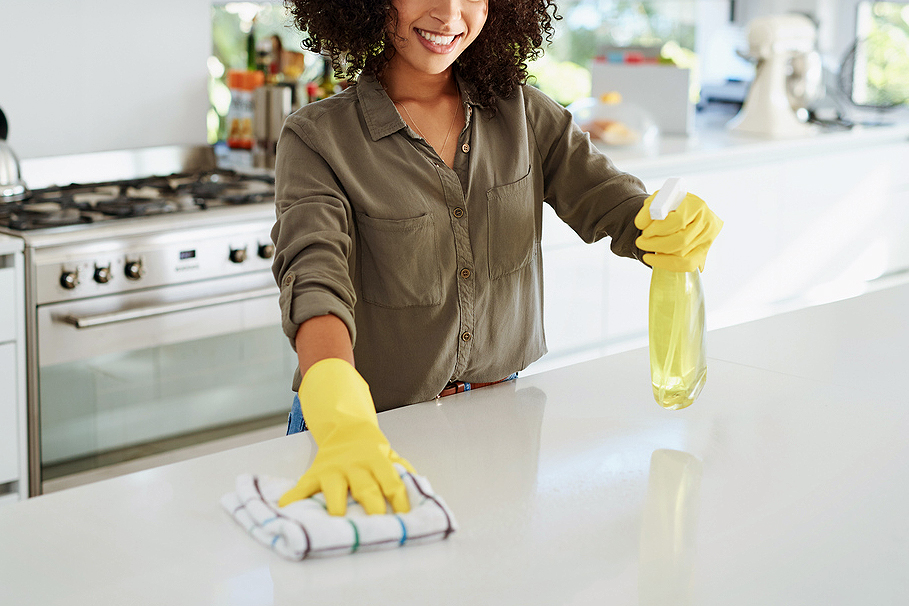
What Can Be Clean With Bleach
Bleach can be used on most hard, non-porous surfaces like:
• Countertops
• Shower tiles
• Bathtubs
• Toilets
• Doorknobs
• Light switches
• Window latches
• Sinks and faucet handles
• Outdoor furniture (always check manufacturer’s label)
• Plastic shower curtain liners
Reader Favorites

What Can’t Be Cleaned With Bleach
Never use bleach on:
• Wood
• Natural stone
• Granite surfaces
• Metal (silver, cast iron, copper, aluminum, stainless steel)
• Painted walls or surfaces
• In drains
Additionally, do not use bleach on any toy or item that children or pets could handle or chew on because bleach should never be ingested. (Instead, for these items use a chemical-free sanitizing option like baking soda and vinegar.) Also, never use bleach to remove red wine stains from carpet or fabric, as a chemical reaction will cause the stain to turn yellow.
Don’t use bleach on spandex, wool, silk, mohai, and leather in the laundry. Non-chlorine bleach is safe for most fabrics, but to be sure, test the fabric’s bleach resistance before using by placing a drop of bleach solution in a hidden spot, such as a hem. Wait five minutes and check the results.
Featured Image Credit: LaylaBird/ iStock
More From Our Network
Better Report is part of Inbox Studio, which publishes content that uplifts, informs, and inspires.
